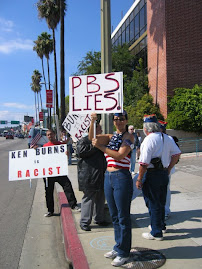
There are two kinds of diet privates at Marine Corps Recruit Depot, San Diego: those that must lose weight and the others who are required to add more. I was considered a fat body even though I was a California Community College state runner up grappler at the 177 lbs. weight class in 1984. But according to the USMC body mass index, I was a panzón. So the Second Battalion platoon number of my gray recruit sweatshirt was ignominiously spray painted with two red bars marking me a diet private. During chow time the diet privates, fat and skinny bodies, lined up to present their trays to a DI (Drill Instructor) for approval. The fat bodies gave their bread, sweets, and delicious fatty food to the double-ration skinny body privates and they gave us their bland waxed beans, spinach, or corn. Before this, I never cared for vegetables but I came to like them.
Suffering from a sugar withdraw, I hid sugar packets into my cargo pockets and consumed the sucrose in the middle of night. Now I realize how addictive sugar can be. I am glad that I was never caught. If I had, I imagine an outcome similar to the scene in Full Metal Jacket when DI Hartman busted Private Pyle with a jelly doughnut in his footlocker during a pre-turn in inspection.
Ironically, I came to be proud of my diet private status. In my final PFT (Physical Fitness Test) I scored a maximum 300 points by finishing a 3 mile run under 18 minutes, kipping 20 pull-ups, and completing 100 abdominal crunches within 2 minutes. My score, however, was mixed up with that of a private with a lower score. But I knew better than to object. I learned early in the, then, 11 weeks of Marine basic training that anonymity was a virtue.
fpb





 Last week I met with Dr. David Garcia about a joint research project on the history of the Oxnard School District and the practice of segregation. Being both educated in the city’s public schools, we shared stories growing up in Chiques and situated the school desegregation case of Soria v. Oxnard School District Board (1971) with that of Mendez v. Westminster (1946) and Brown v. Board of Education (1954).
Last week I met with Dr. David Garcia about a joint research project on the history of the Oxnard School District and the practice of segregation. Being both educated in the city’s public schools, we shared stories growing up in Chiques and situated the school desegregation case of Soria v. Oxnard School District Board (1971) with that of Mendez v. Westminster (1946) and Brown v. Board of Education (1954).






